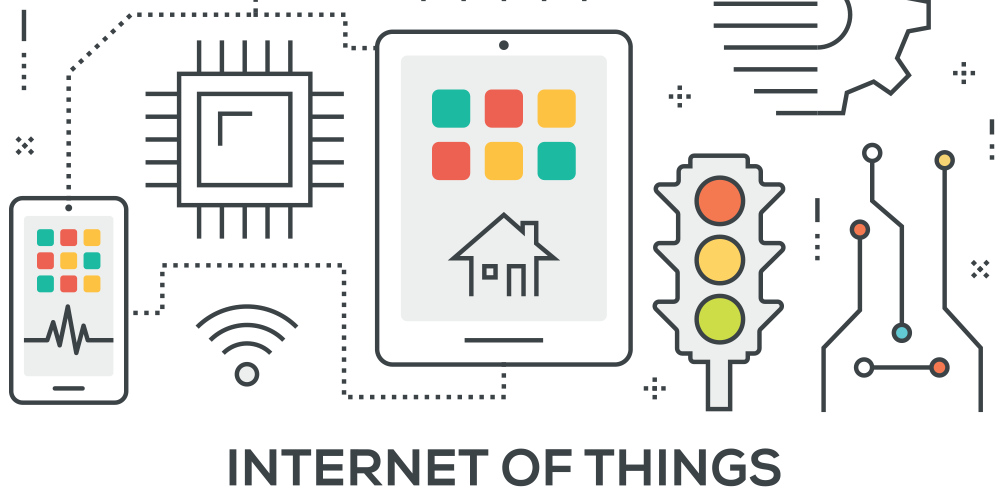Working remotely can increase employee productivity, convenience, engagement and satisfaction. But how can you ensure security when employees aren’t onsite?
This post provides tips to create a company security policy to prevent your business' critical information from being compromised.
Why You Need a Company Security Policy
Remote work introduces greater risks of data being exposed or falling into the wrong hands. When on the go, employees may choose to work from locations, such as hotels or coffee shops. Although this change of locale can fuel creativity and empower productivity, it may warrant employees to use unfamiliar or unsecure networks.
Unsecured networks do not require authentication to access them. This means that anyone can use the connection, and potentially gain access to employee devices and, in turn, company information.
A security policy provides employees with set guidelines, helping them be smart and safe when accessing data remotely.
How to Create an Effective Policy
Establish a security policy with specific guidelines tailored to your company’s unique security needs. To maintain the health of your company’s information and systems consider the following:
- Assess antivirus and malware software on a yearly basis. Work with your IT team to evaluate if software protection still aligns with your company’s security needs and notify employees of any updates.
- Have employees access data via a Virtual Private Network (VPN). This allows them to obtain critical data without physically connecting to your company’s server. Instruct them to only connect to the VPN via a secured connection.
- Conduct an annual checkup, or cyber threat assessment to determine if any malicious activity has been detected on your network. If suspicious activity is found, work with your IT team to determine the next best steps.
- Create a clear, chain of command in the event employee devices are lost or stolen. Inform employees of who to contact and educate on best practices, such as changing passwords or wiping the device, if devices fall into the wrong hands.
- Ensure proper configuration management. Double check that equipment used by employees remotely can support software updates, and prohibits the installation of unauthorized applications.
- Limit access to company information. Not every employee needs access to all company information. Vet who needs access to specific documents and data to avoid hackers gaining entry to all information at once.
- Require employees to lock devices and company-based applications with hard-to-guess and unique passwords. Employees should always lock devices that host or can gain access to company data and should never leave them unattended.
Educate employees on the importance of following company security policies and regulations. Stress to them the risk factors associated with accessing data and files from unsecure connections. If security policies are not enforced, sensitive information or network access could fall into the wrongs hands.



